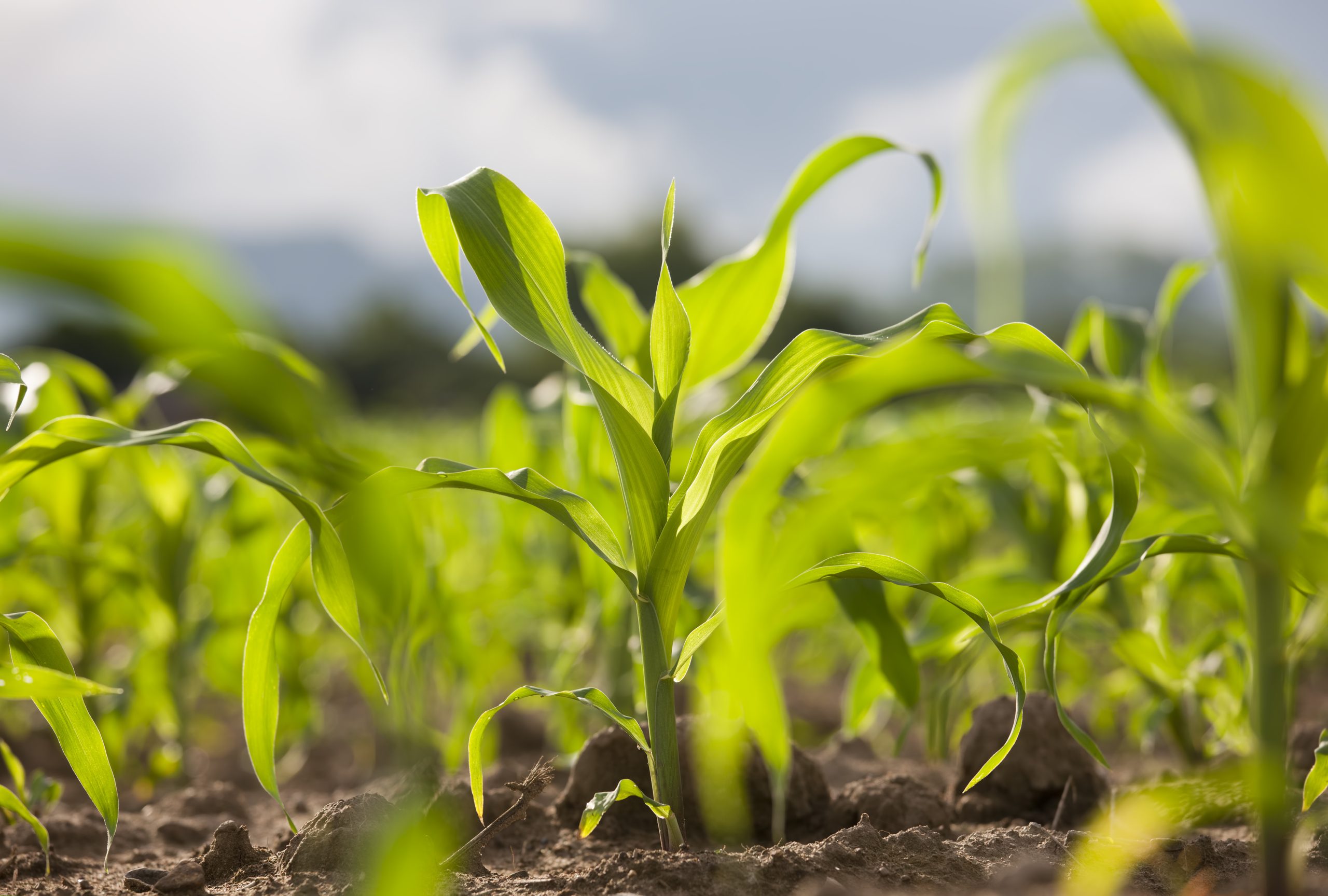CNS Canada — Cash prices for Canadian feeder cattle may be reaching record highs, but that doesn’t seem to be encouraging herd expansion.
Though prices for Canadian cattle are very strong, they could be even better, said Herb Lock of Farm$ense Marketing in Edmonton.
“The real story is how far behind the Americans we are this year compared to last year,” he said. “Prices are good, but they could be better.”
Read Also

U.S. grains: Soybeans tumble on doubts over U.S.-China trade progress
Chicago Board of Trade soybean futures plummeted on Friday as trade restrictions announced by China and escalating rhetoric from U.S. President Donald Trump cooled hopes of a resolution to a standoff between Washington and Beijing.
Lock said Canadian fat cattle (1,500 pounds) are discounted by about $27 per hundredweight (cwt) compared to delivered values in Nebraska, which is a steeper difference than the average discount of about $10 to $14/cwt.
The Canadian market is lagging the U.S. market because of a lack of supply in Canada, and the porcine epidemic diarrhea virus (PEDv) is having a bigger effect on the U.S. hog industry, shifting some demand to beef, he said.
High prices are encouraging some expansion in the U.S., but Canadians aren’t as keen on building their herds.
Expansion isn’t on Canadian farmers’ minds because if they buy a cow to add to their herd now, they’re buying it at the highest price in history, Lock said.
“If you’re going forward into the next five or 10 years with the highest-priced cow in history, you become more vulnerable down the road,” he added.
Not as glamorous
Strong grain prices up until recently, land values that are “in the stratosphere for a cow-calf guy” and a generally older population in the industry are also keeping expansion at bay, said Lock.
The younger generation “likes the technology of the grain business,” which is steering some of the younger guys away from the cattle industry, he added.
“The cow business is made up of everybody from guys with 1,000 cows down to the guy with 50 cows. But, the guy with 50 cows and the part-time cow-calf people are declining,” said Lock.
Another reason the cattle industry isn’t as “glamorous” as the grain business is because there’s a lot of risk, and producers are often “getting whacked on the head” by a variety of things, said Lock.
Over the last 10 years, cattle prices have been hit hard by high grain values, BSE and a strong Canadian dollar.
If anything, live cattle supplies in Western Canada this fall will be smaller than a year ago because high prices and a weaker Canadian dollar encouraged selling and exports to the U.S. this winter.
“Calf volumes into this fall in Western Canada could be a good five per cent lower than a year ago,” Lock said. “We’re exporting a lot more feeder cattle to the U.S. this year than last year. We’re up 41 per cent.”
— Terryn Shiells writes for Commodity News Service Canada, a Winnipeg company specializing in grain and commodity market reporting.















